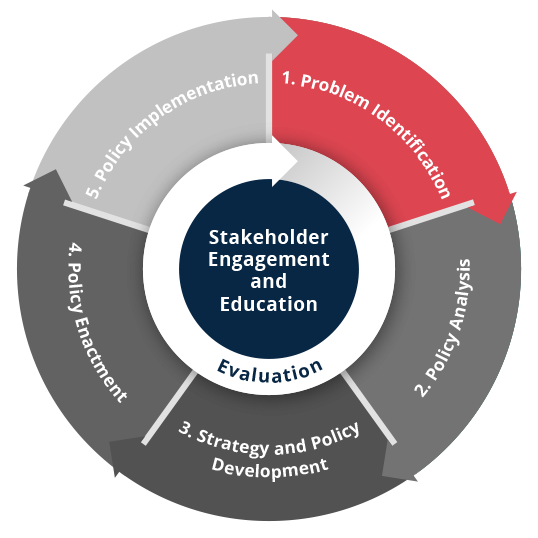What to know
Considering behavioral patterns over time is a dynamic thinking approach to help identify public health problems or issues in terms of the effect on population health. When thinking dynamically you can use graphs to show behavior over time to better understand and communicate the issues.

Introduction
It is important to view public health issues not as static points in time but rather as patterns of behavior or health outcomes over time. This offers you a broader perspective of the issue, both in terms of how you got where you are, as well as how to get where you want to go. When you’re thinking about patterns of behavior over time—trends, scenarios, and so forth—you’re engaging in dynamic thinking. When thinking dynamically, you can use graphs that show behavior over time to better understand and communicate the issue.
Use what you know about a public health issue to sketch your own graph. You can take your best guess about what you think is going on, even if you don't have data. You can use that as a jumping off point for questions and additional conversations with other stakeholders and to get a handle on what the problem might be.
Examples from the field

The Thinking Dynamically graph above might raise some questions:
- Why are more people getting the disease?
- How and why has the rate of infection changed over time?
- Assuming you’d like to see the trend move in the other direction, what are the policy levers you might consider?
- How long might it take to see a reversal in the trend?
- What are potential unintended consequences of different policy initiatives?
The public health example above is for illustration and demonstrates the concept of thinking dynamically about public health problems. It can be used for a variety of health topics.
Using thinking dynamically with the CDC Policy Process
Thinking dynamically can prove extremely beneficial during the Problem identification domain. During Problem identification, it is important to identify the public health problem or issue in terms of its effect on population health. This includes:
- Collecting, summarizing, and interpreting information
- Defining the characteristics of the problem or issue
- Describing the characteristics of the people affected by the problem or issue
- Determining whether there are gaps in the data or areas in need of more information.

